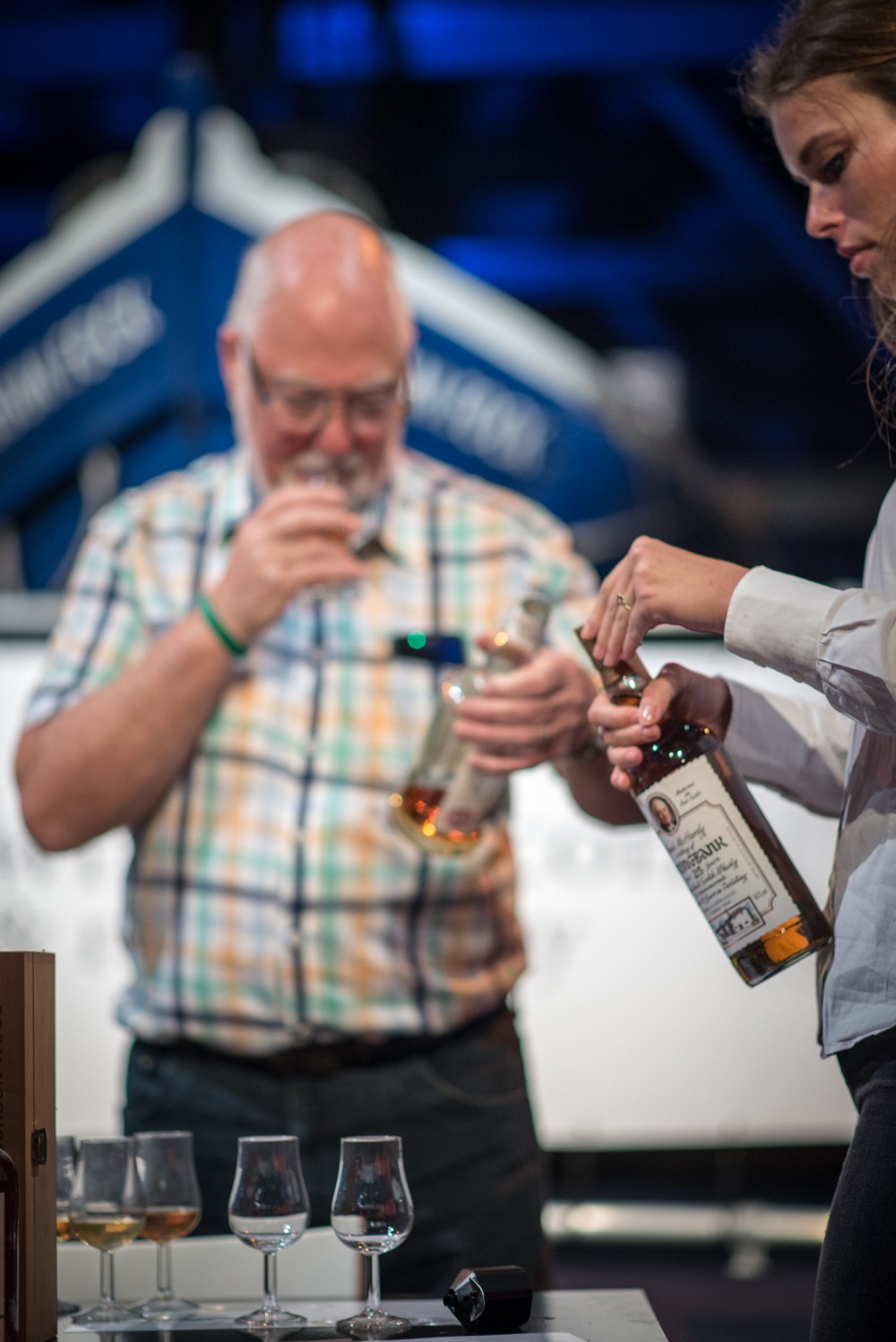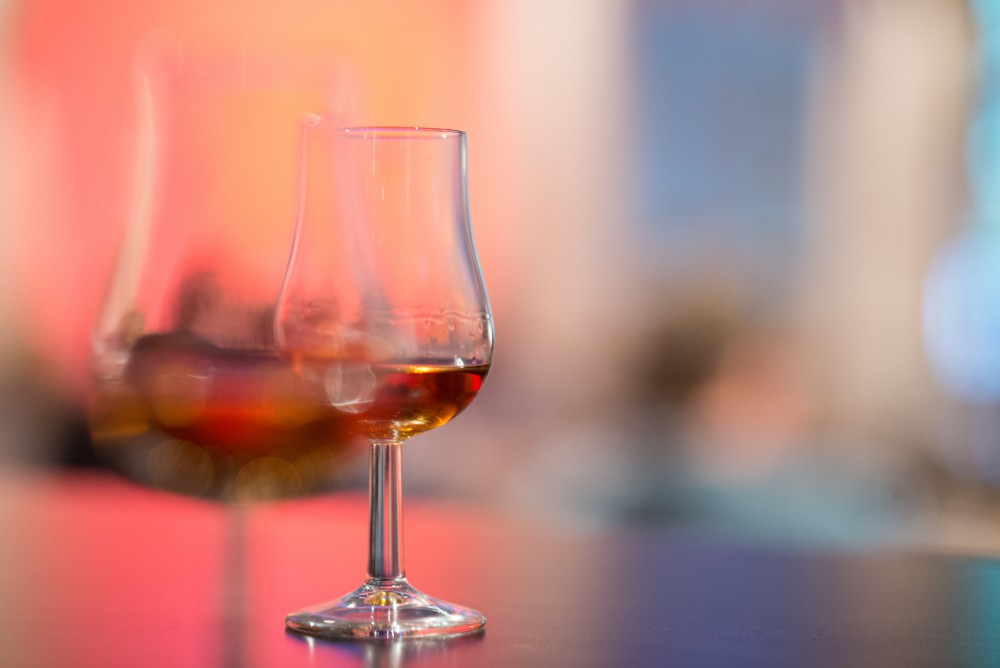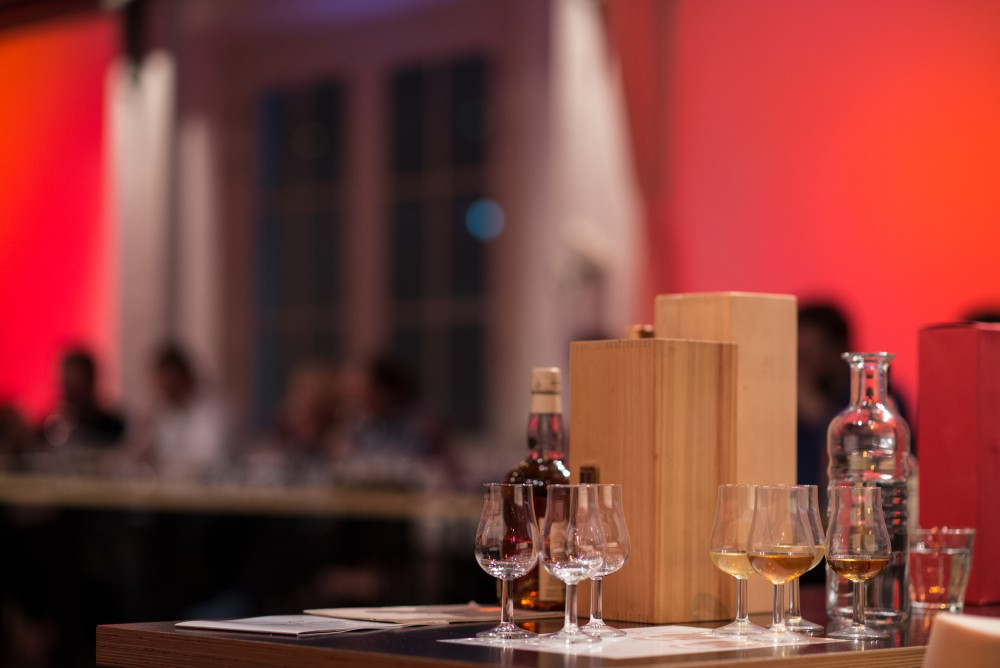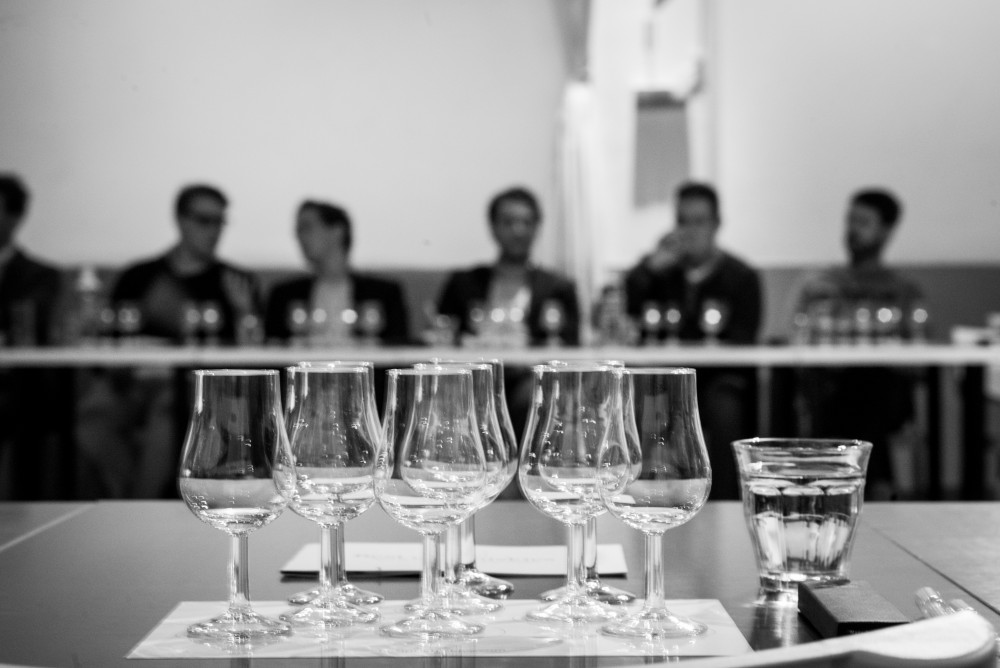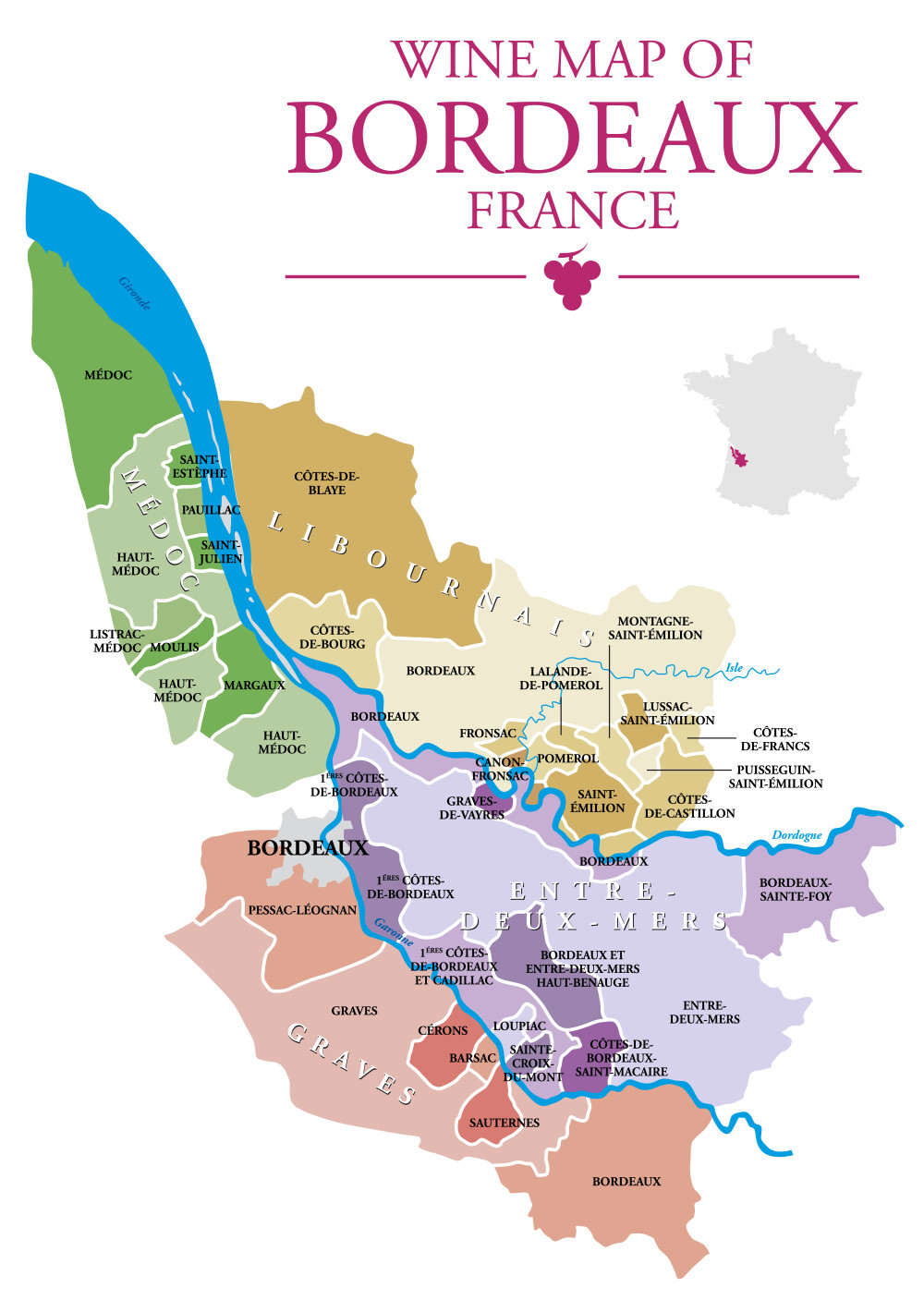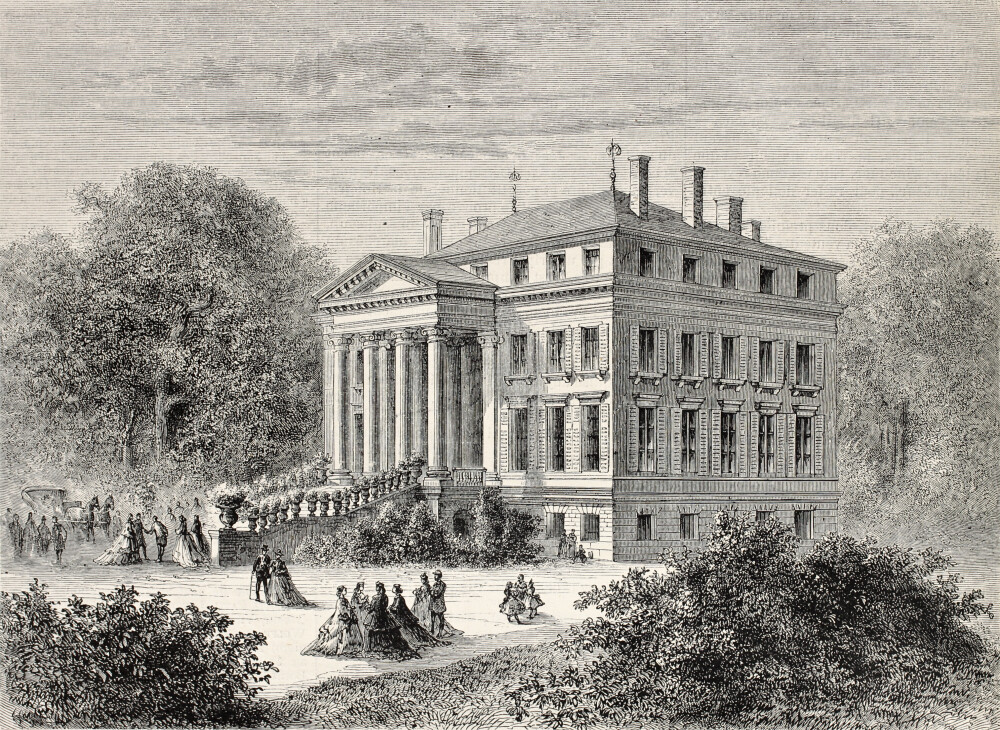It definitely does not happen every day that you get the chance to meet sir Frank McHardy, the legendary former distillery manager from Springbank. That’s why we were so thrilled when he gladly accepted our invitation to come Amsterdam in October 2015 and host a special masterclass for Best of Whiskies. In this blog, whisky enthusiast and writer Thijs Klaverstijn from wordsofwhisky.com takes us back to that extraordinary day in 2015.
Frank McHardy started working in the whisky industry in 1963 at Invergordon Distillery. According to McHardy, it was a prime example of nepotism how we got there: “My dad was the personnel officer, and that’s how I got the job”, he explains. It’s safe to say that working in the industry wasn’t a lifelong dream. “I wasn’t even really interested in whisky at that time.”
But it didn’t take long before the whisky bug got a hold of him. After three years, McHardy switched to Tamnavulin, which is where he learned a lot and stayed for another seven years: “I was doing everything there. From coopering, to mashing, to distilling. It was a great grounding. Nowadays you can get a Brewing & Distilling degree at Heriot-Watt University, which is fine, but I believe there is no better way to learn the process than by working in a distillery and doing everything.”
‘That’s just how we do it’
After that, McHardy worked another four years (1973-1977) at Bruichladdich as working brewer. And in 1977 he changed Bruichladdich for Springbank to work as assistant distillery manager and later as the manager himself. He completely fell in love with it. It is still his favorite distillery. He did leave for Bushmills for almost a decade, but returned in 1996. I know Springbank as a wonderfully traditional distillery, and McHardy only confirmed this by some of the stories he told during the tasting. Why for example, do they use the famous 2,5 distillation at Springbank, I asked him.
McHardy: “It’s just how we’ve always done things. Is there a record of when we started doing this? No. We just know it’s always been done this way. And it’s hard to change a thing if you’ve been doing it for a long time, because you’re afraid to change the characteristics of the spirit.”
And that Springbank spirit is lighter than the traditional spirit produced by most Campbeltown distilleries back in the early 20th century, when there were still dozens. McHardy: “Our 2,5 distillation is probably what saved us from extinction. At one point there wasn’t much demand for the heavy, oily spirit produced by other Campbeltown distilleries. Which is part of the reason they all closed in the twenties.”


This tasting was one for the ‘whisky nerds’. Or I should say, turned out to be one for whisky nerds. McHardy’s story was accessible, even for people who don’t consider themselves connoisseurs. But as mister McHardy was very open to questions, everybody was able to squeeze in a question or two (or three or four). For example, someone asked why the wash is only 4,5 percent? Or could you please tell us the story about the stills of Glengyle again? All the while, we were tasting some wonderfully delicious whisky from Springbank and Glengyle.
